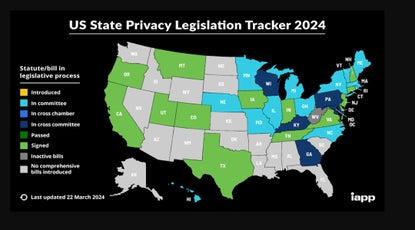Overview
Many universities are home to foreign students from all over the world. These foreign students spend four years earning a phenomenal degree from American universities while also building friends and network connections. However, for many of these students are forced to leave the United States because they haven’t secured proper post-graduate visas. A F-1 student visa, which is what most if not all of these students are covered under, is temporary and only allows a person to stay in the United States as long as they are a student. In this article, we will explore what kind of options are available to F-1 visa holding foreign students after graduation.
F-1 -> OPT
Although there is no such thing as an “OPT visa”, a student may extend their F-1 status if they can secure optional practical training (OPT). There is a maximum of a single 12 month extension and starts upon graduation or completion of course of study. This is mostly handled through the F-1 student’s school’s international students department.
F-1 -> H-3
For a student who doesn’t want to stay in the United States for an extended period of time but still wants to pursue further training may find the H-3 visa appropriate. The H-3 visa is for “trainees” who do not have the appropriate education or work experience for a particular position, but would like to be trained to do so. An H-3 visa seeker can stay for two years, but cannot transfer to H-1B or L-1 visa status and must intend to transfer the knowledge and training that they receive back to their home country.
F-1 -> H-1B
An H-1B visa covers the typical scenario when a student is able to secure a position after graduation. An H-1B visa would allow the student to work without the one year restriction the OPT has. However, H-1B visas are notoriously difficult to secure, as we have covered before. Students who are looking for a H-1B visa to cover them this fall should speak to an attorney soon, as the filing for H-1B visas starts on April 1, 2014 and last year the quota filled up in only four days.
F-1 -> R-1
F-1 students may also pursue an R-1 visa if their post-graduation work is religious in nature. The F-1 student must show that they were a member for at least 2 years preceding the application. The organization itself must also prove that it has tax exempt status as a religious organization. Site visits are also known to occur to verify the religious nature of the organization and the work of the R-1 visa seeker.
F-1 -> Green Card
There are five employment based green card categories and five family based green card categories. Each one requires different forms of proof, different requirements to satisfy, and is for different kinds of people. Students should speak to an immigration attorney to see which green card option is the most appropriate for them.
There are many nonimmigrant visa options we did not cover in this article, including E-1/E-2 visas, L-1, B, J-1, Q, and others. The options are wide and varied, and sometimes require coordination with the student’s school, potential employer, and an immigration attorney. Students should start exploring their options early, especially if they expect to graduate this semester.










